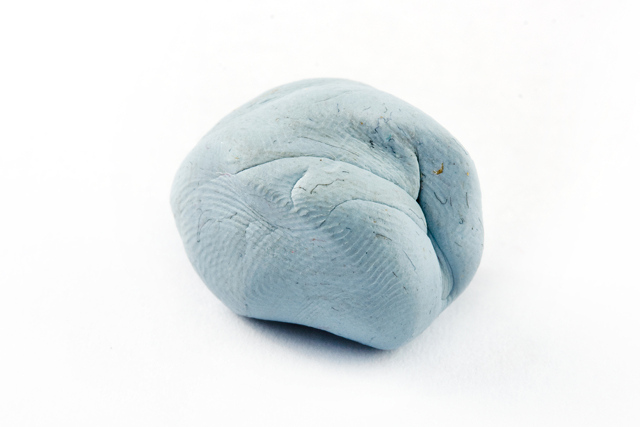How a Blue Peter approach is used in decommissioning the Dounreay nuclear power station

Blu-Tack is great for a number of uses. Apart from sticking posters on to walls and mounting keys, it is good for picking up fragments of dust. It is also good for picking up drawing pins and loose staples, though awful on carpets. Over at the Dounreay power plant, Caithness, in the Scottish Highlands, scientists have found a novel way of picking up nuclear waste. Their methods are more Blue Peter than Star Trek.
How Blu-Tack has helped to save taxpayers money
The scientists at Dounreay hit upon a solution that has saved taxpayers more time and money in decommissioning the plant. Instead of designing an elaborate and expensive solution for picking up loose pieces of radioactive metal, their answer was a 10-metre pole with a blob of Blu-Tack at the end. After their 10-metre pole with Blu-Tack has collected metallic nuclear waste, each sample was collected for analysis.

Decommissioning Dounreay has cost the British taxpayer £1 billion so far, with Scotland’s energy future a non-nuclear one. Lang Banks, from environmental group WWF Scotland, said: “The ingenuity of those involved in cleaning up Dounreay’s radioactive legacy certainly has to be praised.”
He also said: “Not all the challenges faced in dealing with the thousands of tonnes of waste the nuclear industry has left in its wake right across the country will be so easy to solve.”
Other household objects
Blu-Tack wasn’t the only everyday item used by Dounreay’s scientists. An ironing board cover and a duvet cover was used as a protective cover for its cameras. The cameras are used to explore and document the insides of the power plant’s pipework.
It is also reported that nuclear waste has been stored in empty tin cans and opened with tin openers. This level of thriftiness has gone on for three decades. We cannot fault their invention.

Clean Hire, 23 May 2016
